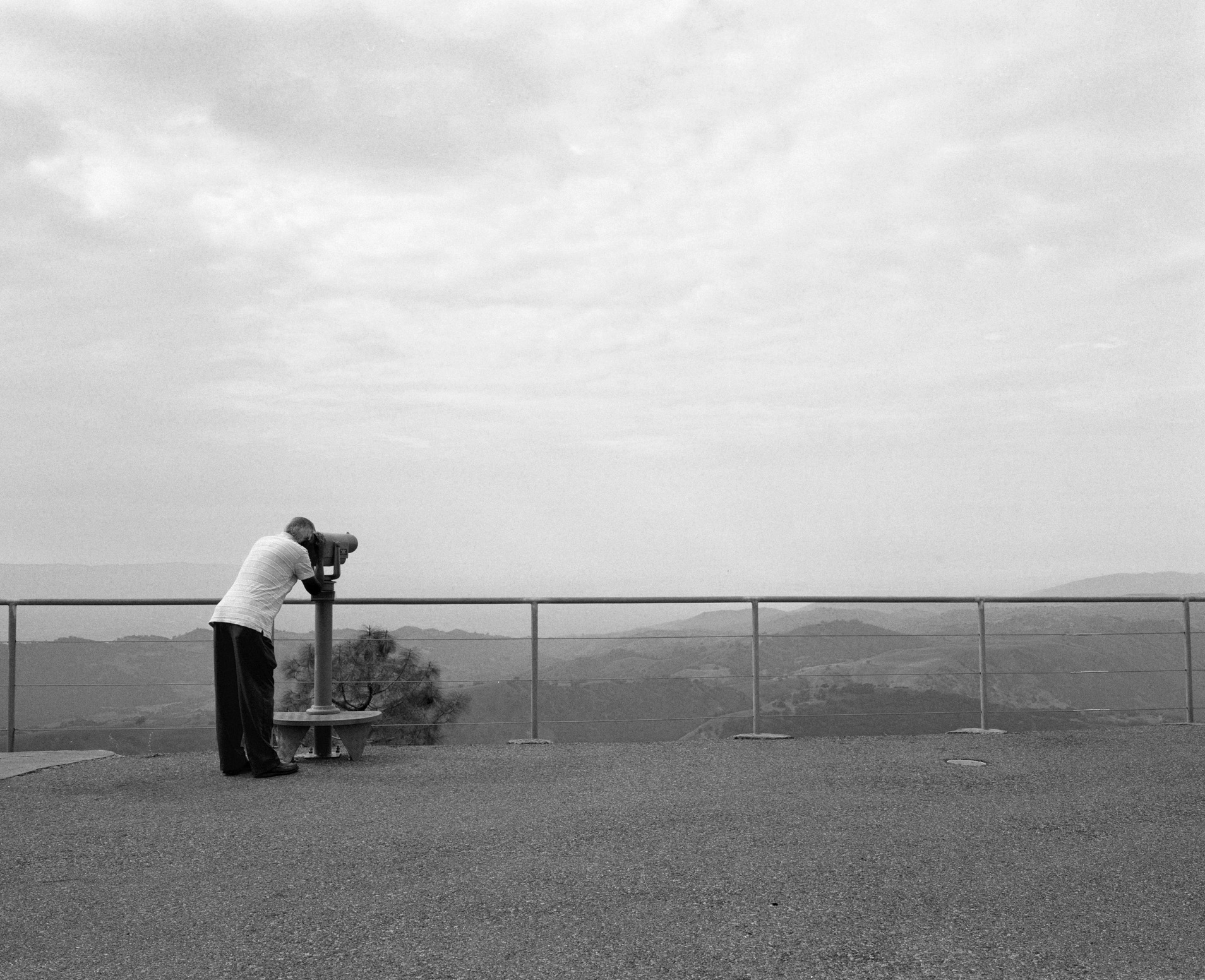
Letter from the Guest Editor
There was once a wall of roses that climbed up a chainlink fence at the end of an alley. My grandmother called them her rambling roses. She planted them in a small patch of dirt along a stone wall, these roses that grew from concrete, blooming their sweetness and vibrancy from within the urban monochrome.
This was over three decades ago, and the roses have long since died. My family moved to a new apartment, and there was no longer anyone to care for the plants. Such are the effects of this transitory experience of home. Their lives of rich color and scent, and my grandmother’s tender labor that coaxed out such abundance, exist only in photographs and the hazy fog of memory.
What happens, as Kija Lucas poses in her essay about Mik and May Gaspay’s quilts, to all that was held in a home that is no longer our own? Their lush textile work creates a snapshot-permanence of both the physical structure of a home and the surrounding botanicals, which will too live and die.
Living on the West Coast in our contemporary moment, fire season keeps the losses in and of our landscapes top of mind. Tali Weinberg’s Memories of Future Fires features photographs of fire-impacted landscapes in the Pacific Northwest hand-woven as hanging textiles. Using industrially-produced cotton and plastic monofilament in her weavings, Weinberg implores the inextricability of climate change and environmental disaster with the extractive and destructive industrial systems that produce the vast majority of objects that comprise our lives.
A close friend unexpectedly passed away this fall. She was an avid home gardener in a particularly foggy part of the Bay Area; it was sustained daily labor to keep gophers and rats out of the plant beds and move plants inside or wrap them up as good weather ebbed and flowed. She would bring me lemons, cucumbers, strawberries, and blueberries. I was shocked to find such an abundance of life from such a wet, cool place. We recently went looking for fruit trees that might do well with her extra care—passion fruit and mandarin oranges. After her passing, I inquired with her son about the state of her garden. There was a deeper pit in the well of this loss as I wondered about whether any of her garden would survive.
She hadn’t found the right fruit tree yet, and her death serendipitously occurred in a quieter part of the year, with many seasonal plants also at the end of their lifespans. The garden will continue to live, reimagined with local plants that can thrive in the coastal fog with less tending.
The work of death, left to those who remain, is so much comprised of figuring out what to do with all the things we leave behind. Books, electronics, kitchen utensils, shoes, emails, tchotchkes, bills, notebooks, plants, shoes. And clothes—all of someone’s clothes. The clothes worn every day and the clothes kept to hold onto moments since past. What happens to the piles of textiles that no longer have a home?
Paulina Berczynski writes on the collective action to weave camouflage nets for soldiers on the frontlines of Ukraine, using donated textile material and collaborative weaving. Discarded cloth, through the careful and caring labor of participatory labor, can find new purpose in the work of protection and resistance. Artist Rachel Youn also finds possibility in the discards of global capitalism—using artificial plants and vibrating massagers to create, as writer Ava Morton explores, a queer ecology that is itself an act of liberation. The writers within the issue process ideas of home, grief, climate crises, and war, something not far from anyone’s mind while we watch as the fight for humanity in Gaza brutally unfolds.
This volume of Feral Fabric makes visible some of these intersections between textiles and the natural world: wefts of home and diaspora, of liberatory labor, of queer possibility, of global capitalism and industry, of new lives from old things, of resilience amidst disaster.

Tamara Suarez Porras (they/she) is an artist, writer, and educator from (south) Brooklyn, NY, and based in the San Francisco Bay Area.
tamara’s work examines experiences of knowing, remembering, and forgetting, working across photography, writing, installation, filmmaking, and performance. tamara has exhibited nationally, including at the Brooklyn Museum, Tiger Strikes Asteroid, School at the International Center of Photography, En Foco Touring Gallery, and Deitch Projects in New York City, as well as fusedspace, Root Division, The Growlery, and Embark Gallery in San Francisco, CA. tamara’s writing has been published on The Brooklyn Rail, Art Practical, and 48hills.
tamara is a graduate of New York University's Tisch School of the Arts with a BFA in Photography+Imaging and Journalism and of California College of the Arts with a dual MFA/MA in Fine Arts and Visual and Critical Studies. tamara is a Lecturer in the Art Practice department at Stanford University, and has also taught at the University of San Francisco, California College of the Arts, San Francisco Art Institute, San Francisco State University, and the International Center of Photography. tamara is a member of Black Hole Collective Film Lab and the Curatorial Council at Southern Exposure.
Cover image and top: from Porras’ series elipsis (ongoing, cropped) Above: To locate where we both exist from Porras’ series that which we can not ever expect to see